Commercial pabda fish farming is getting popularity gradually. Actually pabda fish (which is also known as Butter Catfish or Ompok pabda) is an Indian freshwater catfish species with very good market demand, especially in the North-Eastern part of India, Bangladesh and some other South Asian countries.
Pabda fish is very popular and has very high market value mainly for it’s fine flesh with soft meat texture, good taste and very high nutritional value and relatively low bones. Pabda fish is generally sold fresh locally or ice preserved.
The pabda fish is generally cultured in the ponds along with some other carp fish species such as Rui, Catla and Mrigal (but rearing in shades and deserted ponds is not uncommon to be seen).
Commercial pabda fish farming business is very profitable and can be a commercially viable enterprise for the rural unemployed educated youth. Although culture of pabda fish has not yet received due importance, despite it’s great potentiality.
Commercial pabda fish farming business has not received much attention in recent aquaculture scenario mainly due to non-availability of information regarding it’s breeding and larval rearing technique.
Although researchers are trying to change this situation. And we hope to have more insights and modern techniques for breeding and larval rearing methods of pabda fish commercially.
How to Start Pabda Fish Farming
Pabda fish farming business in freshwater pond is becoming popular gradually. We are learning and practicing more modern systems for commercial pabda fish farming.
However, here we are trying to describe more about the systems for raising pabda fish in freshwater pond.
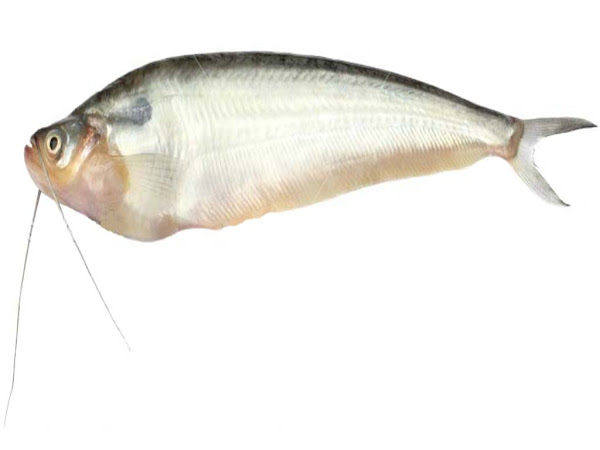
Site Selection
First of all, you have to select a good site for starting pabda fish farming business. It will be better if the selected site is free from all pollution and noises, and has full sun access. Although in small scale production, you can choose any site or location for raising pabda fish.
Pond Construction and Size
Size of the pond for pabda fish farming can be any depending on your available land type. You can even start raising pabda fish in smaller plastic or concrete tanks.
But for commercial production, it will be better if the pond is around or up to one acre. You can use earthen/natural, plastic, fiber, glass or concrete pond for pabda fish farming.
Pond Preparation
After constructing the pond, you have to prepare it perfectly before stocking fingerlings into it. Applying lime and both organic and inorganic fertilizers into the pond is very important.
Applying fertilizers into the pond helps in natural feed production. Exact amount of lime and fertilizers depends on the farming intensity and inherent productivity. Please contact any of your nearest aquaculture specialist or fisheries institution for having more information.
Seed Collection
Pabda fish is a naturally breeding catfish and you have to collect the seed from natural water bodies. There are some suppliers and they collect seed from the natural water bodies and sell to the interested farmers. You can contact such suppliers in your area. Or contact some people in your area who are already in this business.
Although, today there are some breeding hatcheries which are producing and rearing pabda fish fingerlings. You can contact any of your nearest hatcheries for having more information.
Stocking in the Pond
After preparing the pond perfectly, you can stock the fingerlings directly into the pond. As a catfish species, the pabda fish can do well in high stocking densities. But for proper growth, you should not stock more than 25,000 fingerlings per acre pond.
Feeding
The pabda fish live and consume food from the upper level of the pond. They are omnivorous and generally eat protozoa, aquatic insects, crustasia, moss etc. They also enjoy fishmeal or other supplementary fish feeds. Today, in some places commercial pabda fish feeds are also available.
Harvesting
You can expect to harvest the fish after 10-12 months of stocking them in the pond. Although, you can harvest the fish at anytime when they reach your desired size. You can use fishing nets for harvesting the pabda fish.
Marketing
Pabda fish is generally sold live and fresh in the market. So try to send the fish in the market immediately after harvesting. This will ensure higher price of the fish.
Pabda fish farming business requires relatively less investment, and profit from this business is very high. Feeding and other costs are less and you can start this business even if you are a beginner. The pabda fish farming business can create a great opportunity for the people, especially for the unemployed educated youth. Good luck and may God bless you!

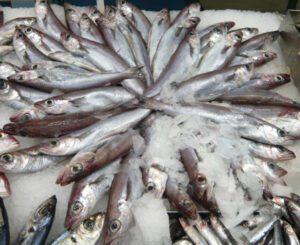
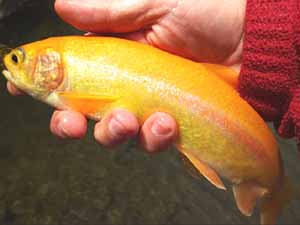
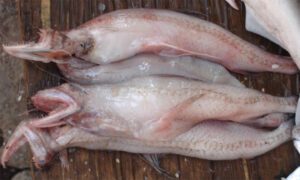
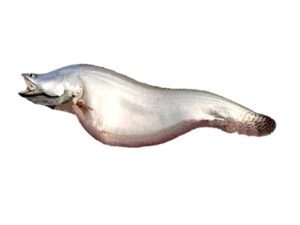
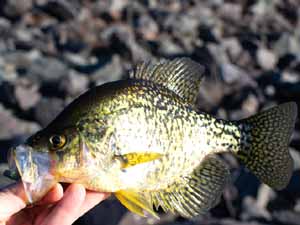

Hello sir
My pond size is 1 acer area and I’m already fill the pond in roho and katala fish seed 10,000 nos.
Now it can be possible for the pabada fish and how much quantity I’m adding in my pond. I don’t have any idea about pabda fish growth. But I’m interested to go with them.
I’m from mumbai (thane)
If any supply pabda fish seed then PLS give me the details.
Start with minimum initially for having experience. Stock around 1000 initially and if you see good results then stock in high density. Good luck!